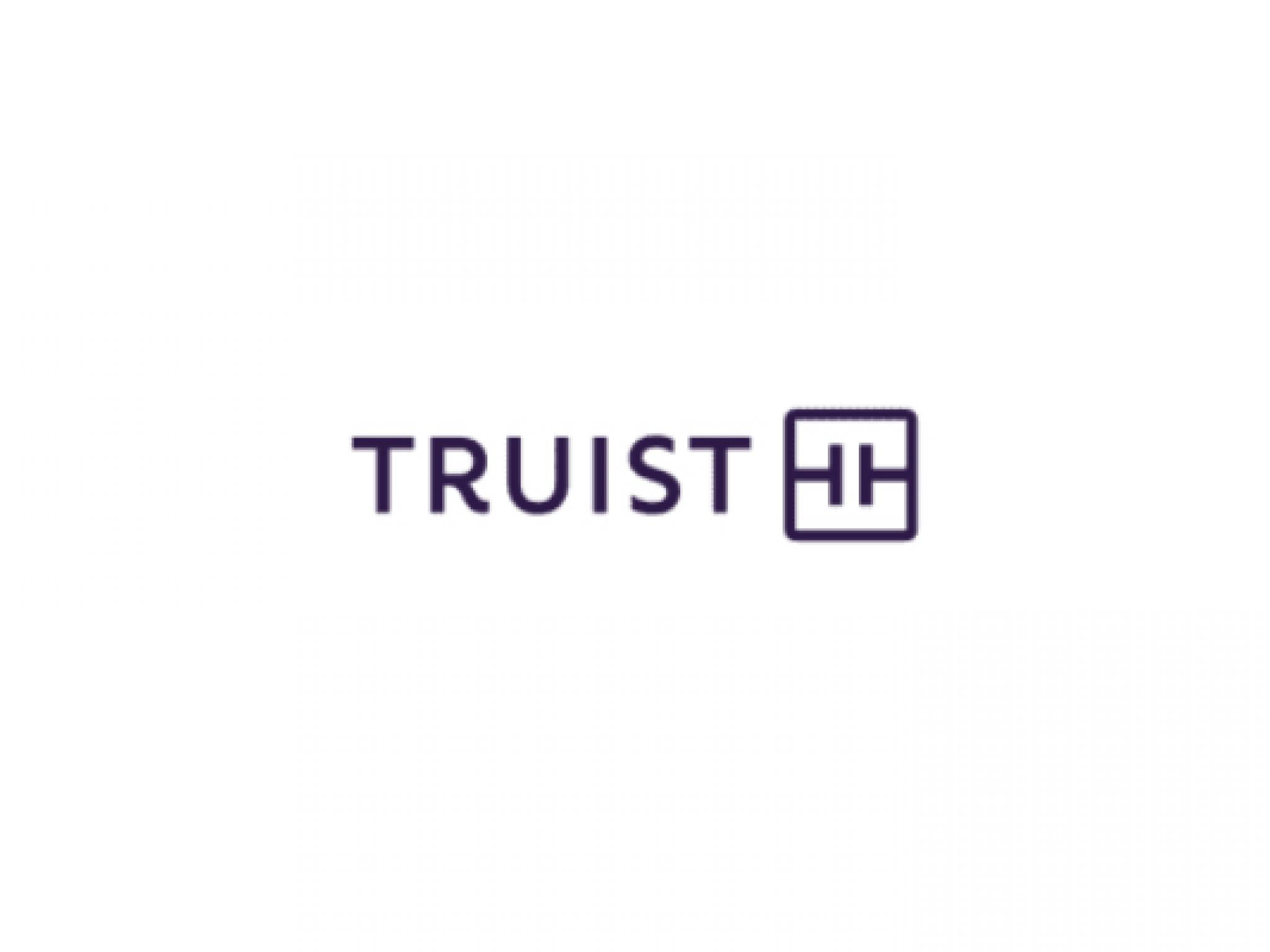
In light of an uncertain market environment, some popular outlets have voiced concern over the two-decade venture capital bull run.
In gauging the impact of the de-rate across venture investments, Benzinga talked to Christina Bechhold Russ, the senior vice president and director of strategic investment initiatives at Truist Ventures, the corporate venture arm of Truist Financial Corporation (NYSE:TFC).
The following text was edited for clarity and concision.
Q: Hi Christina! Very good to hear from you, again. Want to start off with a discussion on your focus over the recent months?
Christina Bechhold Russ: We’re looking to improve the financial lives of the communities that we’re a part of and drive venture capital to a more diverse set of entrepreneurs.
Also, we solidified our key investment themes.
This includes the digitalization of manual and analog processes in banking.
The second is automation and self-service tools. This is helping employees do more, better, and faster. We’re ensuring that you don’t need to be in data science to be able to draw insight out of the data you may have in your business.
Data intelligence is related to that, particularly around the normalization of unstructured data and pulling it into a tool, and adding some intelligence.
Then, embedded finance.
How is Truist embedding itself into startup ecosystems, as well as pushing innovation on the ground?
For example, we acquired a company called Long Game, a personal finance app that uses gamification to help people develop healthier finance habits.
We wanted to bring that product into the bank, as well as its fantastic team.
This is all part of our Innovation Foundry, a division that’s designed to build products and experiences that propel us to a market-leading position.
We’re looking for ways to leverage technology and combine that with our touch philosophy around care and create more trust.
How do you find out what some of the biggest pain points or challenges Truist members may have?
In serving our consumers in a more personalized and effective way, we employ Journey Rooms.
This is the idea is that we can take a particular business unit or client need and map it out in these big rooms that have huge whiteboards.
We’re physically mapping, from start to finish, what the journey looks like. That means taking the archetypes we serve, and figuring out what are the different steps in their financial journey, as well as what are the products and services that they may need.
Do these volatile markets ever prompt Truist to reassess?
In short, yes.
I think, fortunately, the investment themes we’re focused on really do not change. Additionally, when you continue to have money to put to work, as we do, there’s actually more opportunity.
As valuations adjust, companies are more open to having strategic partners and investors.
When do you drop an investment or pivot?
Yes. There is a cost to getting too far down the line with an opportunity.
In terms of being ruthless, it’s important to have a team looking at the opposite of something you may be excited about. The worst outcome is getting too married to an idea you’re unwilling to recognize won’t work. Getting to know quickly is always a benefit.
What are the timeframes you operate on?
Something more near-term — 18 to 24 months — where we feel like there could be an opportunity to have that company partner with Truist in some way on pilots and commercialization.
We're very much driven by the strategic needs of the bank, though, so, we're often looking now to five years out on average.
How does the research of groups — the ones you’re working to develop better solutions for — impact your decision-making?
We have a robust research group that helps navigate broader trends in the market and where consumer behaviors are moving. You want to be talking to your customers as much as possible.
How do you determine check size?
Regulations like the Bank Holding Company Act may limit the size of checks, as well as conversations we have with teams on what they’re trying to accomplish.
With all of the competition from the vast amount of new and existing fintechs, as well as financial institutions that are well established, how do you compete and reach those more underserved markets?
A focus of ours has been on investing in emerging managers and diverse GPs who are going to have a different network than we do ourselves.
A lot of the best products and services I've invested in, over time, have been from people who are solving a problem that they have experienced themselves.
How do you spend your days, typically?
It is a combination of internal and external facing activities.
Often, I’ll spend half of my time talking to different business unit executives to understand what their strategic needs are and to know what's out there in the market.
What are the few characteristics that help you be successful in your role?
An appetite to learn new things and meet new people.
The second is the ability to think strategically and have self-awareness.







